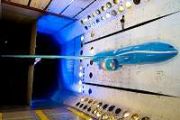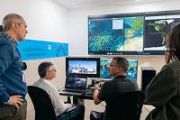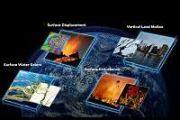
Copernical Team
SpaceX plans cargo launch with Parkinson's, MS experiments aboard
 NASA and SpaceX plan to send about 13,000 pounds of science experiments, supplies and equipment from Florida on Tuesday to the International Space Station.
A SpaceX Falcon 9 rocket is scheduled to lift off at 5:06 a.m. from Complex 39A at Kennedy Space Center.
Space Force forecasters predict only a 40% chance of favorable weather conditions for the launch, citing cumulous clouds,
NASA and SpaceX plan to send about 13,000 pounds of science experiments, supplies and equipment from Florida on Tuesday to the International Space Station.
A SpaceX Falcon 9 rocket is scheduled to lift off at 5:06 a.m. from Complex 39A at Kennedy Space Center.
Space Force forecasters predict only a 40% chance of favorable weather conditions for the launch, citing cumulous clouds, Hubble telescope's bigger, more powerful successor to soar
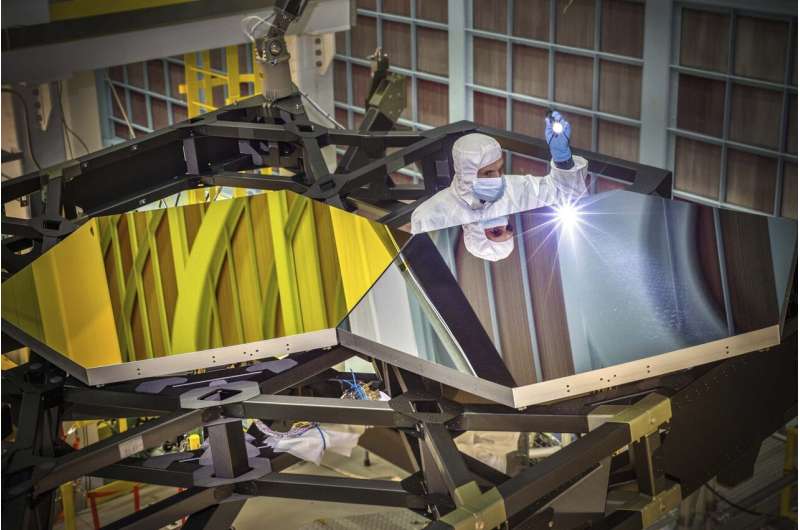
FAA license boosts Georgia spaceport, but more reviews ahead
A federal agency on Monday granted a license for a launchpad that would fly commercial rockets from coastal Georgia.
The Federal Aviation Administration's approval of a launch site operator license for Spaceport Camden marks a significant milestone for the Georgia space project, though many reviews and permits are needed before any rockets can actually launch.
A Camden County leader said Monday that the project propels Georgia into the space race that's seen civilians and celebrities flown into space in recent months.
"This once in a generation opportunity will provide a new frontier of economic prosperity for Camden, the region and the state of Georgia," Steve Howard, Camden County Administrator and Spaceport Camden executive project lead, said in a statement after the FAA's decision was announced.
"Georgia is part of the new space race, and we will become one of the leaders," Howard added.
Even with the license, the FAA says that more comprehensive reviews would be needed before any rockets can be launched.
In its 36-page decision released Monday, the FAA said it considered potential impacts to the climate and environment, public comments, and the agency's responsibility to encourage and promote commercial space launches by the private sector.
"Sea level rise and other climatological changes, such as increase in extreme weather events, may affect the spaceport in the coming years," the FAA wrote in its report.
How NASA's Psyche mission will explore an unexplored world
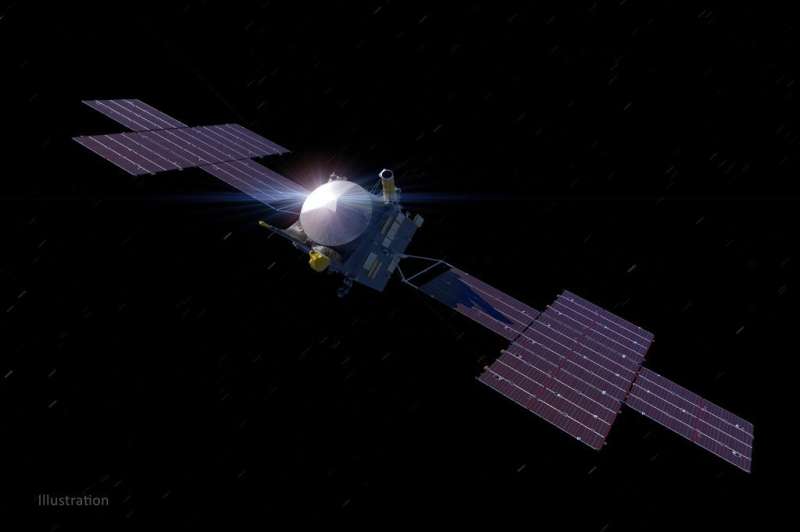
Launching in August 2022 and arriving at the asteroid belt in 2026, NASA's Psyche spacecraft will orbit a world we can barely pinpoint from Earth and have never visited.
The target of NASA's Psyche mission—a metal-rich asteroid, also called Psyche, in the main belt between Mars and Jupiter—is an uncharted world in outer space. From Earth- and space-based telescopes, the asteroid appears as a fuzzy blur. What scientists do know, from radar data, is that it's shaped somewhat like a potato and that it spins on its side.
By analyzing light reflected off the asteroid, scientists hypothesize that asteroid Psyche is unusually rich in metal. One possible explanation is that it formed early in our solar system, either as a core of a planetesimal—a piece of a planet—or as primordial material that never melted. This mission aims to find out, and in the process of doing so, they expect to help answer fundamental questions about the formation of our solar system.
Space vacuuming in 360° | Cosmic Kiss
 Video:
00:03:28
Video:
00:03:28
Even astronauts in orbit cannot escape housework. Join ESA astronaut Matthias Maurer as he vacuums the European Columbus and Japanese Kibo modules of the International Space Station in this 360° video.
Unlike on Earth, dust on the Space Station does not settle. Astronauts vacuum regularly to prevent floating dust from getting in their eyes and noses, causing irritation and allergic reactions. Pan to explore the different modules and follow Matthias’s work.
Matthias was launched to the International Space Station on Crew Dragon Endurance as part of Crew-3 at 02:03 GMT/03:03 CET Thursday 11 November. His ESA mission on board
Cupola in 360° | Cosmic Kiss
 Video:
00:03:22
Video:
00:03:22
Join ESA astronaut Matthias Maurer inside the seven-windowed cupola, the International Space Station's "window to the world" and pan around to enjoy the view.
The ESA - European Space Agency-built Cupola is the favourite place of many astronauts on the International Space Station.
It serves not only as a unique photo spot, but also for observing robotic activities of the Canadian Space Agency's robotic arm Canadarm2, arriving spacecraft and spacewalks.
Just outside the cupola and behind Matthias is a portion of the Soyuz MS-19 crew ship docked to the Rassvet module and the Prichal docking module attached to the Nauka
Webb secured inside Ariane 5 fairing
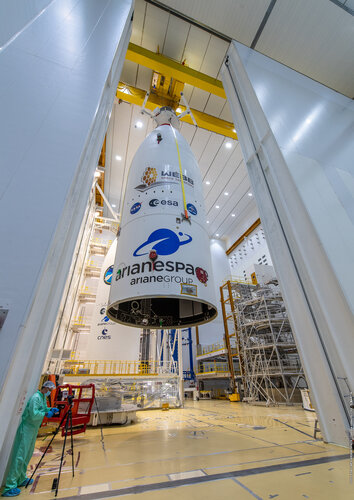
On Friday 17 December, the Ariane 5 rocket fairing was closed around the James Webb Space Telescope. This protective fairing, or ‘nose cone’, will shield the telescope during liftoff and its journey through the atmosphere on 24 December.
James Webb Space Telescope: Launch of world's most complex observatory will rest on a nail-biting knife edge
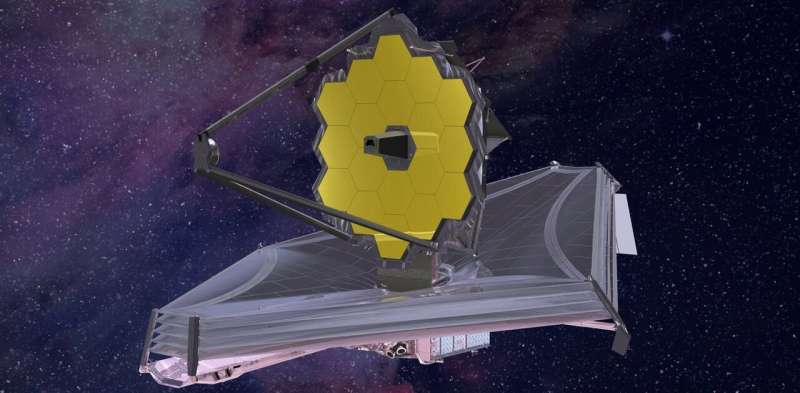
When the immense sound of the Ariane 5 rocket rumbles across Europe's spaceport in French Guiana, it will signal the end of a journey decades in the making. Perched atop the rocket will be the James Webb Space Telescope (JWST), the most sophisticated and complex observatory ever constructed. An enormous mirror 6.5 meters across, consisting of 18 gold-plated segments, will be delicately folded to fit within the nose cone.
That precious cargo carries the hopes and dreams of thousands of engineers and scientists like us who have worked for so long to make this observatory a reality. We'll no doubt all be holding our breath.
If all goes well, humanity will have a new eye on the cosmos, with capabilities that far surpass anything that has gone before.
Who owns the universe?
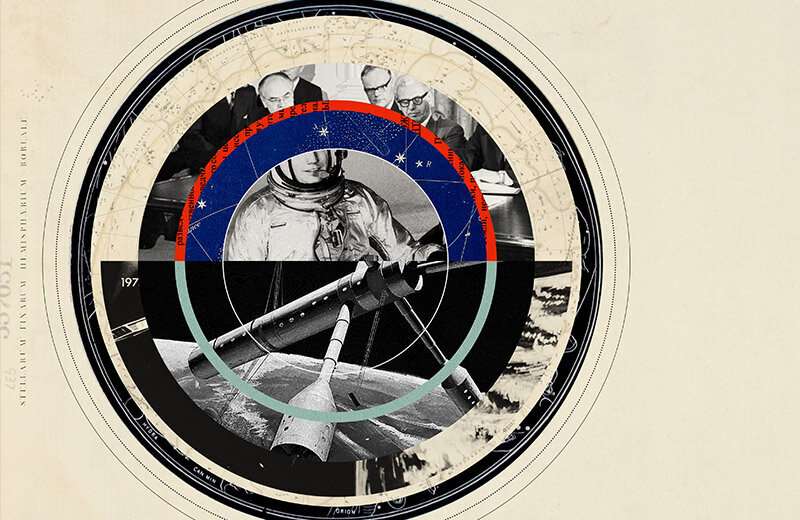
With many countries, companies and individuals intensifying their space exploration programs, questions about rights, ownership and the feasibility of manned space missions are coming to the fore of public debate.
In early 1610, Italian astronomer and physicist Galileo Galilei wrote a letter to Cosimo de' Medici—then Grand Duke of Tuscany—stating that he had observed for moons of Jupiter (which Galileo initially believed to be stars) using his improved telescope lens. Hoping to secure the grand duke's patronage, Galileo proposed naming the bodies after Cosimo's family, eventually calling them the "Medicea Sidera," or the Medicean stars. (In the end, the moons were named for four lovers of the god Zeus: Io, Europa, Ganymede and Callisto.)
Galileo was not the first to claim stars in the name of people on Earth, and he was to be far from the last. Although the names of celestial bodies are now determined by the International Astronomical Union using a systematic naming system, the idea that outer space is terra incognita, a place yet unexplored or claimed, where everything is up for grabs, is more powerful today than ever before.
Dragon delivery: European science destined for space
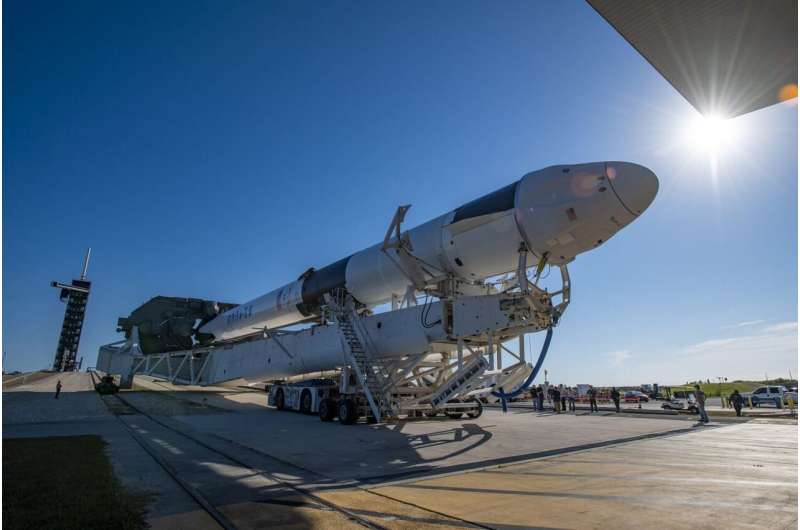
The next SpaceX resupply vehicle is packed with European science, ready for delivery to the International Space Station just in time for Christmas.
The Dragon spacecraft is scheduled to launch from NASA's Kennedy Space Center in Florida, U.S., at 11:06 CET (10:06 GMT) Tuesday 21 December. But before it does, we take a quick peek at some of the European cargo it carries.
Safe air
Astronauts living on the International Space Station never get a breath of fresh outdoor air.
In their closed atmosphere, irritating, poisonous and carcinogenic gas compounds emanate from materials, equipment and the crew itself. However, there is no window to open to freshen the room, so the astronauts must rely on the air revitalisation system.
Air quality is monitored continuously to assure the crew's health and well-being. A rapid response by the astronauts to any accidental release of harmful gaseous contaminants, or malfunction of the air system is essential, and air monitoring is even more important as missions last longer and samples cannot be taken to Earth for analysis.


































